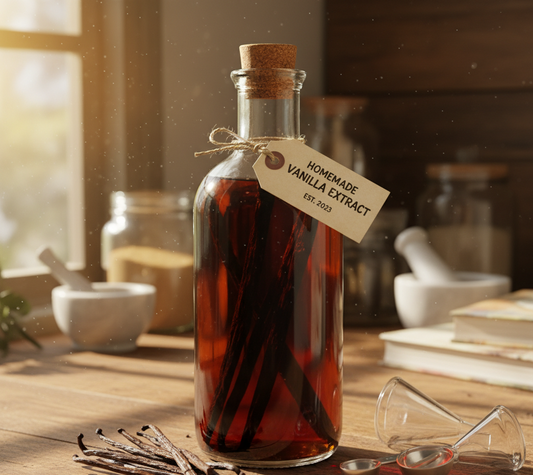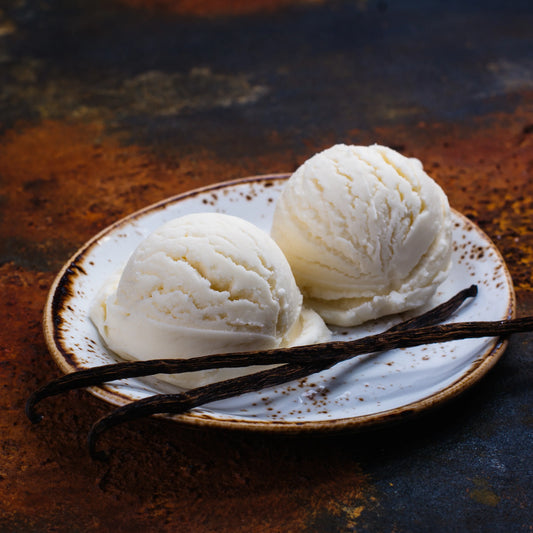The Many Faces of Vanilla
Share
Vanilla is one of the most popular and beloved spices in the world. But despite its ubiquity, vanilla has a complex and fascinating history, and the vanilla we use today comes in many diverse forms.
Origins and Spread
Vanilla originates from Mexico and Central America, where the Totonac people were the first to cultivate the vanilla orchid and use its pod to flavor foods and drinks. The Totonacs called vanilla "tlilxochitl" or "black flower" in their native Nahuatl language.
Spanish conquistadors introduced Yuganda Vanilla Beans to Europe in the 16th century, bringing back vanilla pods along with chocolate, another New World treasure. The first days of its evolvement, vanilla was rare and expensive in Europe, only used by the elite; but that came to end when a method was developed in the mid-1800s to hand-pollinate the orchids and cultivate vanilla outside Mexico, production spread to tropical areas around the world.
Today, Madagascar and Indonesia are the world's leading vanilla producers; with emerging Uganda as one of the newest exporter for Vanilla with its premium quality vanilla beans. Vanilla became an essential ingredient added to chocolate, pastries, perfumes, and liquors. Its sweet, delicate flavor and floral aroma became popular worldwide.
Varieties of Vanilla
While vanilla may seem straightforward, there are actually many varieties, each with their own distinct characteristics:
- Bourbon Vanilla - Grown in Madagascar and nearby islands, this is the most common and popular form of vanilla. It has a rich, full, sweet flavor perfect for baking.
- Mexican Vanilla - Derived from the original Totonac vanilla orchid, it has spicy woody tones and is more aromatic than Bourbon.
- Tahitian Vanilla - With fruity, cherry-like notes, Tahitian vanilla has a uniquely pungent aroma.
- Indonesian Vanilla - Earthy and smoky with lower vanilla content, it has a mellow, woody aroma.
- Ugandan Vanilla - Fruity and tropical, it is more acidic than Bourbon but with its own complex profile.
Each variety of vanilla has a distinctive flavor and scent that enhances foods in different ways. Professional bakers, chefs, and food scientists analyze these qualities carefully to choose the ideal type of vanilla for their creations.
Forms and Uses
Beyond fresh vanilla pods, vanilla also comes in many forms: vanilla extract, powder, paste, infused syrup, and more. Each format offers different ways to incorporate vanilla's magic into both sweet and savory dishes.
Top quality vanilla extract contains concentrated flavor from real vanilla beans. Powdered vanilla is convenient for baking. Vanilla paste includes vanilla bean seeds for extra flavor and specks. Infusing vanilla into syrups or sugars coaxes out bold vanilla intensity.
Vanilla's flavors shine in desserts like ice cream, custards, cookies, and cakes. But vanilla also enhances savory foods like seafood, lamb, and curries. The next time you enjoy the vanilla notes in a dish, appreciate the diversity of this beloved, ubiquitous spice.


